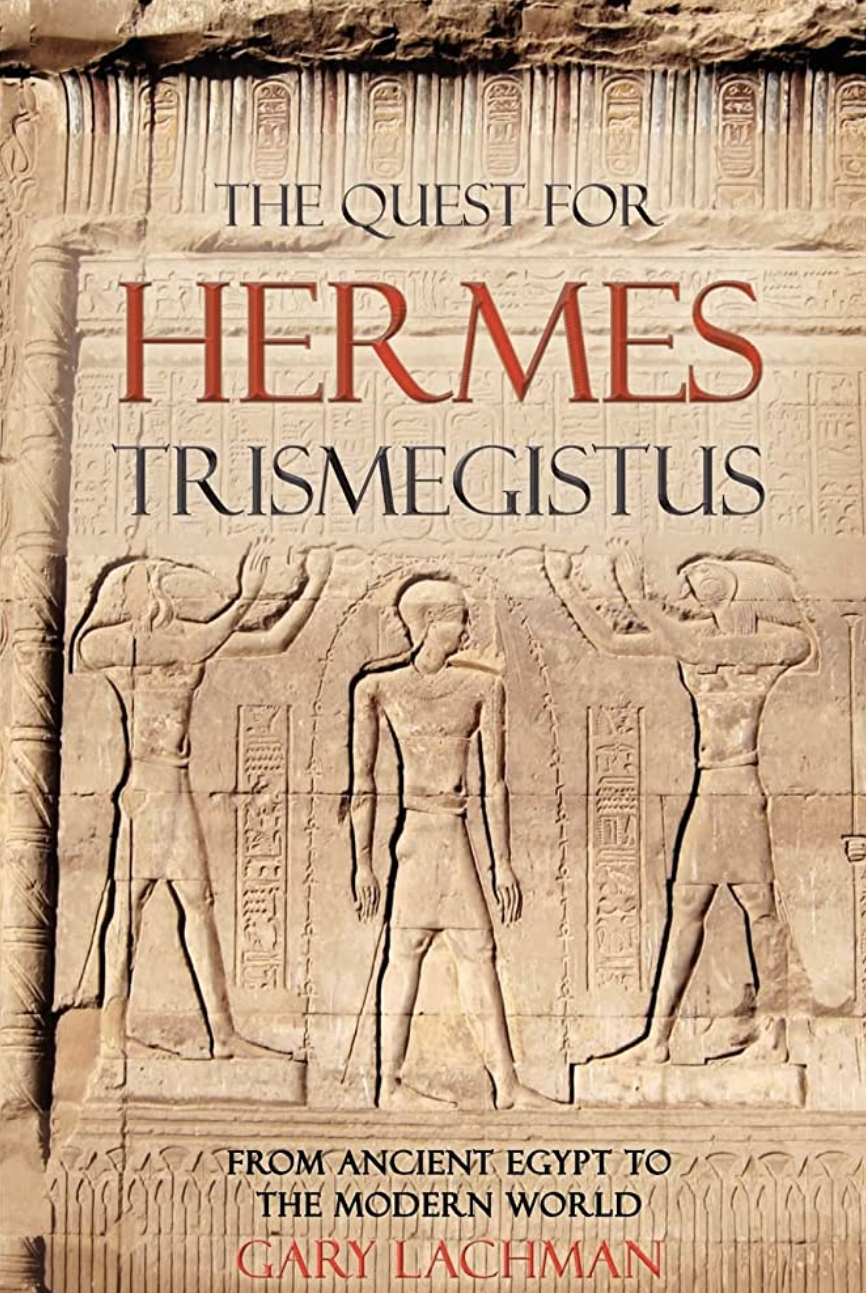
4 minute read
The Quest for Hermes Trismegistus from Ancient Egypt to the Modern World
By Gary Lachman. Floris Books, 2011, 247 pages.
Review by Frederick J. Dennehy
Gary Lachman, founding member, songwriter, and bass player for the rock group “Blondie,” became a fulltime writer in 1996. He focused initially on the history of the 1960s counterculture, but by 2003 had found a different interest. Lindisfarne Press published his Secret History of Consciousness: A Semi-Popular Account of Reductive, Non- Reductive and Esoteric Understandings of Consciousness, (1) a study of the evolution of consciousness that explores the thinking of Goethe, Bergson, Ouspensky, and Jean Gebser, as well as that of Rudolf Steiner and Owen Barfield.
Not altogether surprisingly for someone who has made his way through The Ever-Present Origin (Jean Gebser’s evolutionary sequence of changes in types of consciousness from the archaic to the magical, the mythical, the mental-rational, and the dawning of the integral), what fascinates Lachman is the notion of consciousness history as a palimpsest in which the old coexists with the new.
Last year, Lachman turned his attention to the enigma of Hermes Trismegistus, the “thrice great one” who may have lived in ancient Egypt; may have been a syncretic union of many Hellenistic esotericists; or may not have existed at all. Readers hoping to find the true identity of Hermes Trismegistus will not find it here. Rather, they will find an account of Lachman’s own notion of the Hermetic way: a melding of what is valuable from the most fundamental esoteric traditions (“as above, so below”) and mainstream thinking. Here, as in A Secret History of Consciousness, he sketches out the wandering history of an idea. He traces the meandering stream of Hermetic thought from its fabled beginnings in Egypt, to the murmur of its underground music in Hellenistic and medieval times, to the roar of its resurgence in the Renaissance.
Then comes the plunge. Lachman is perhaps at his best recounting the near disappearance of Hermeticism following the relentless scrutiny of the scholar Isaac Casaubon, who demonstrated convincingly that the supposedly ancient texts regarded as the core works of Hermeticism were pious forgeries. But whatever it is that animates the central texts of Hermeticism—the multivolume Corpus Hermeticum and the renowned Emerald Tablet—reappears despite Casaubon. Lachman recounts the resurfacings of Hermeticism in the new forms of Rosicrucianism, Freemasonry, the Cambridge Platonists, German and British Romanticism, Theosophy, anthroposophy, and the best of New Age thinking. Hermes, it seems, may be unidentifiable, but is still immortal.

If Lachman is sometimes short on analysis, he is a wonderful storyteller. The cumulative effect of The Quest for Hermes Trismegistus is to shine a light on the manifestations of Hermeticism through the ages and to make a case for its centrality. It provides the reader with generous starting points for further reading and an impetus for personal research.
Because there is little that can be said with any degree of certainty about Hermes Trismegistus, and because the Corpus Hermeticum is dialogic, obscure, and stubbornly resistant to translation, most of The Quest for Hermes Trismegistus is discursive, exploring associated themes such as Egyptian cosmogony, alchemy, and various accounts of the journey through the planetary spheres (which Lachman compares to the anthroposophical account of the period between death and rebirth). Lachman also looks at subjects more loosely related with his theme, such as experimentation with nitrous oxide and mescaline; Paracelsus; John Dee; Robert Fludd; and a parade of modern philosophers.
Lachman is strongest in his account of the “rediscovery” of Hermes by Marsilio Ficino in the Italian Renaissance and his fate in the aftermath of the Reformation. He is less able to elicit the meaning of Hermeticism, relying upon the sweeping distinction between gnosis, with which he associates Hermeticism, and episteme, with which he associates reductive knowledge. Many readers are likely to find his conclusions wanting. His fascination with the “hypnogogic state,” which he misidentified in his biography of Rudolf Steiner [2007; available from RSL] as the state of consciousness Steiner employed for spiritual research, persists in this book. We remain basically unenlightened not only about Hermes Trismegistus himself and the principal texts attributable to him, but also about Hermeticism, which seems for Lachman, finally, to be a vaguely widened perspective that includes the outside world in both its synthetic and natural manifestations and anything in consciousness that has an undefined “spiritual” character.
Lachman’s urge to connect invariably trumps his urge to commit. We are left intrigued, stimulated, but hungry for something more nourishing—like anthroposophy.
1 Available from Rudolf Steiner Library, as is Gebser’s The Ever-Present Origin.










